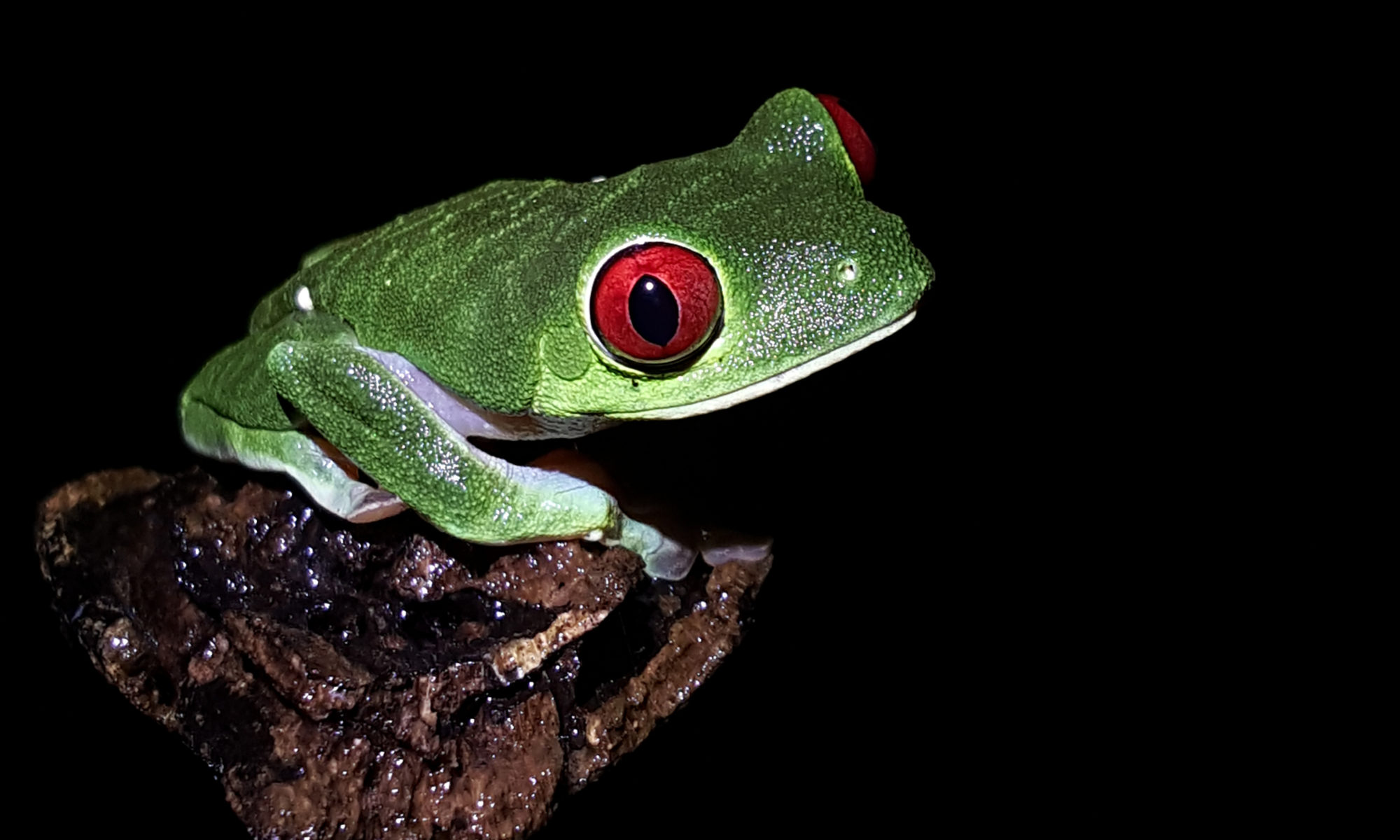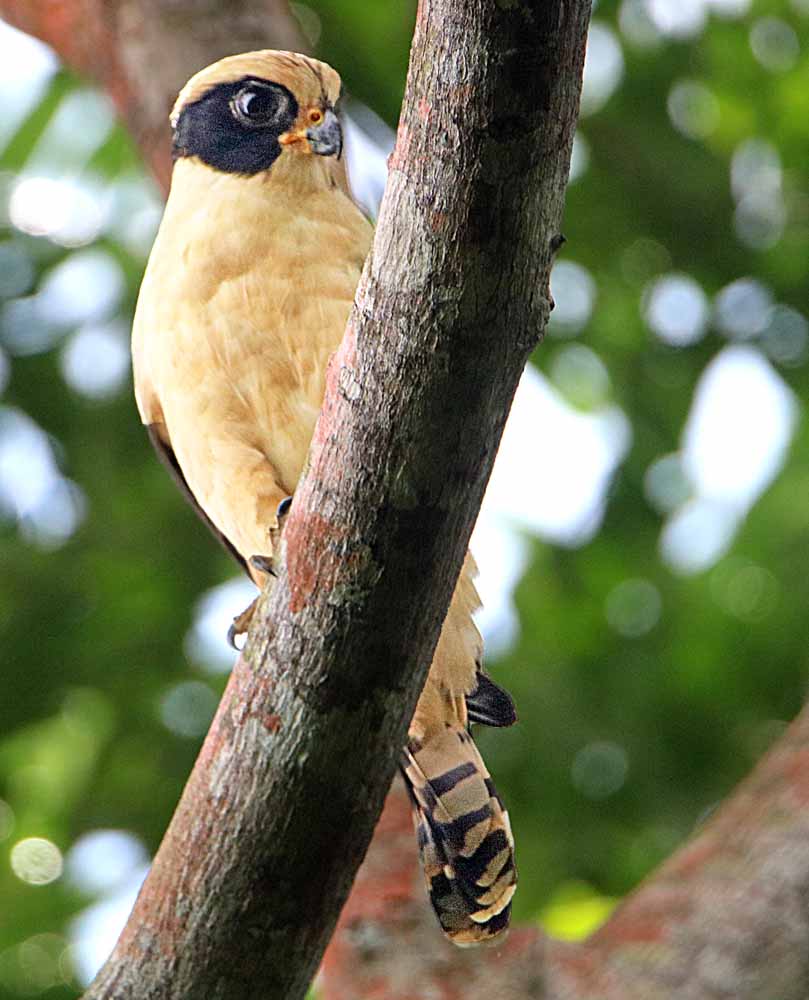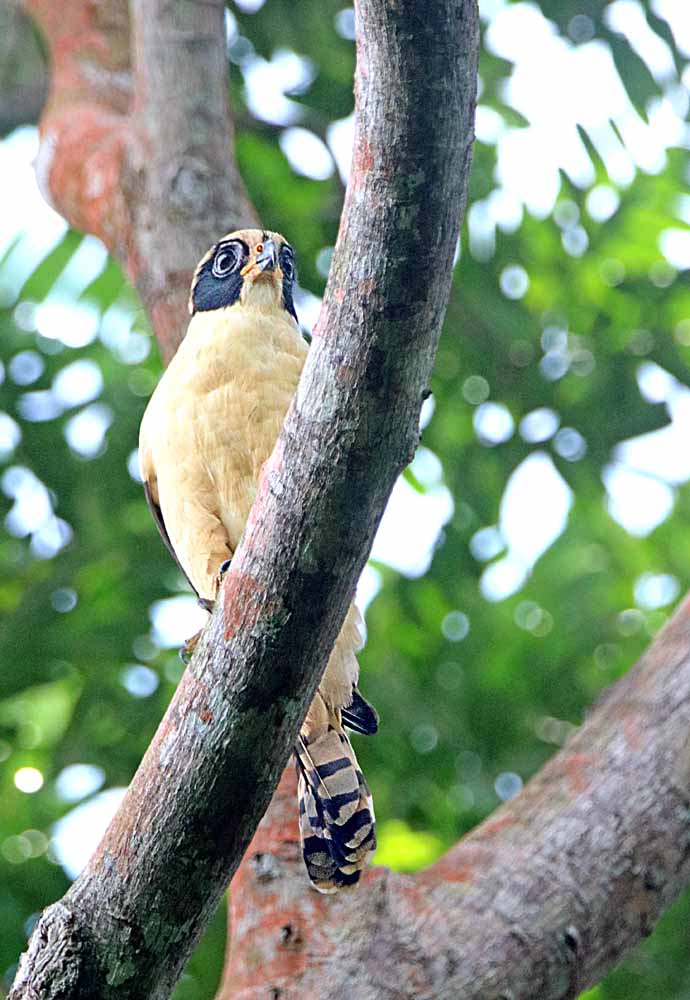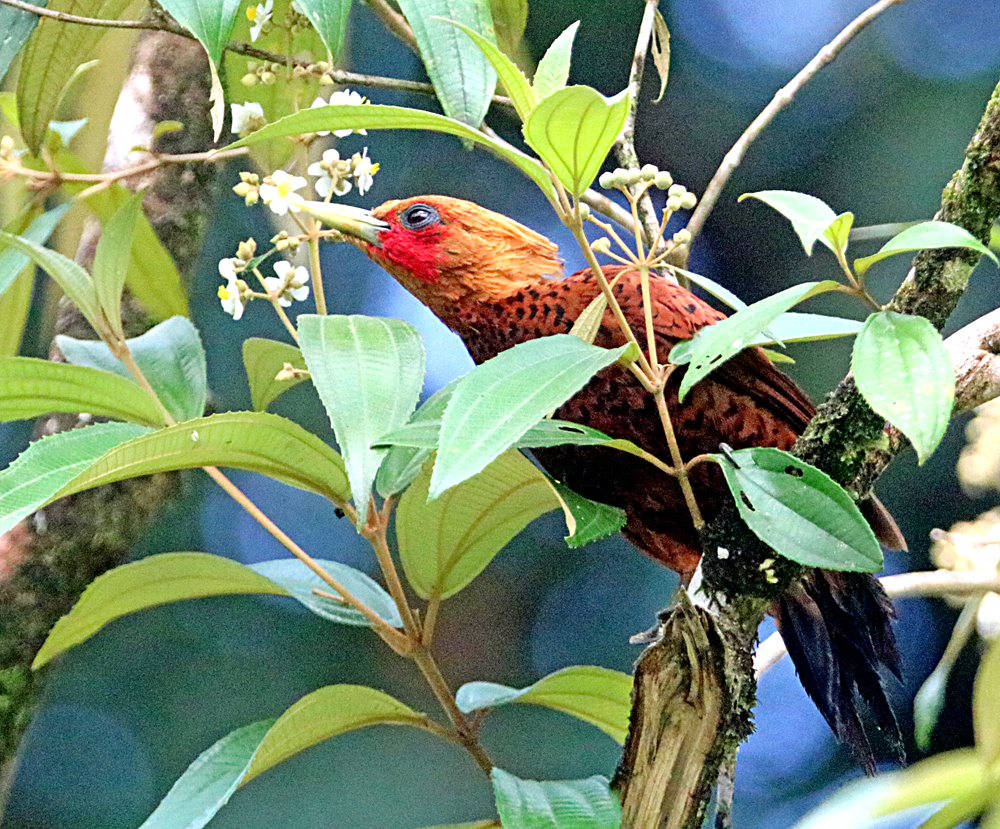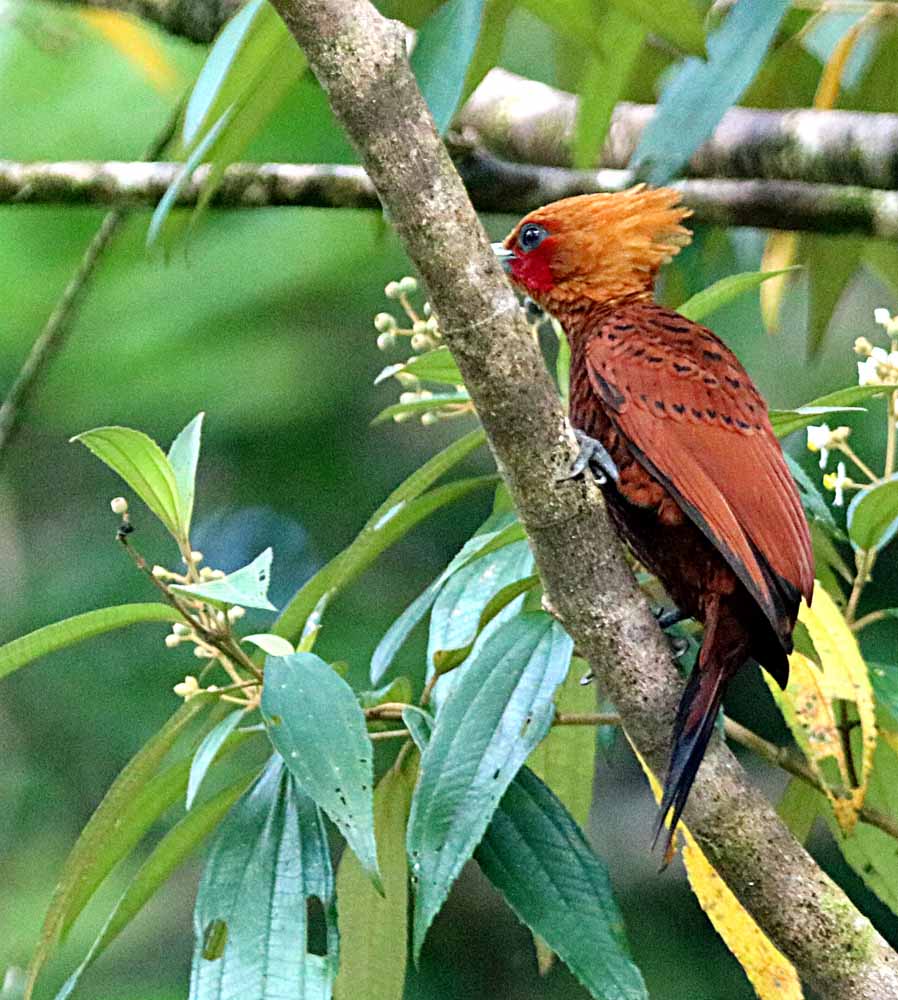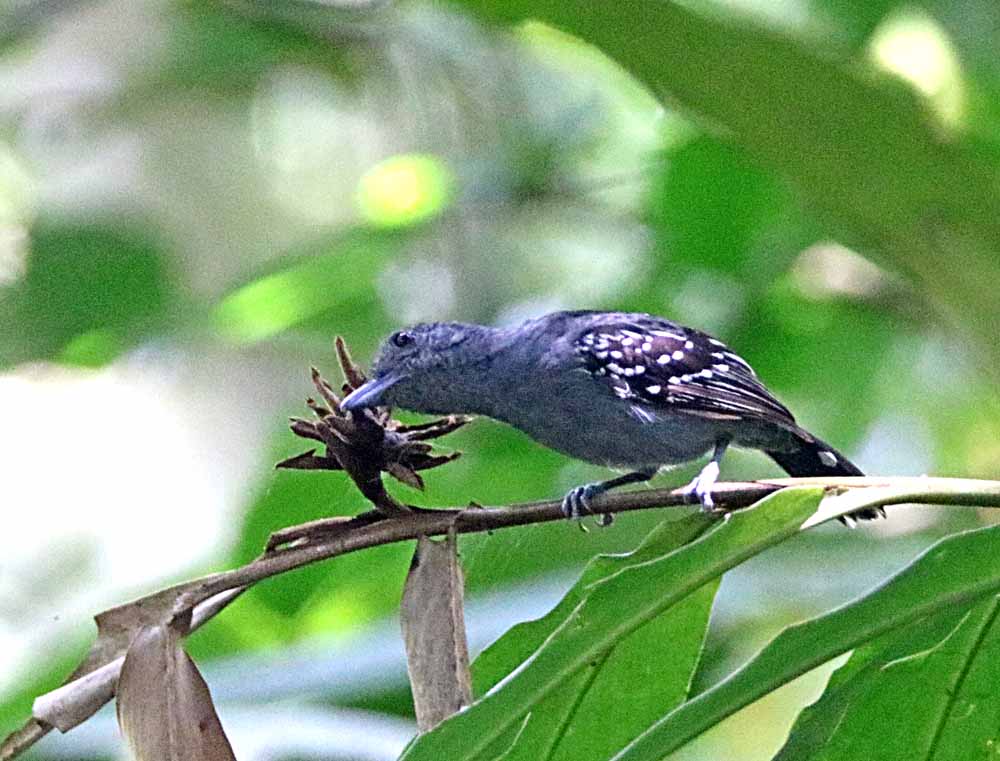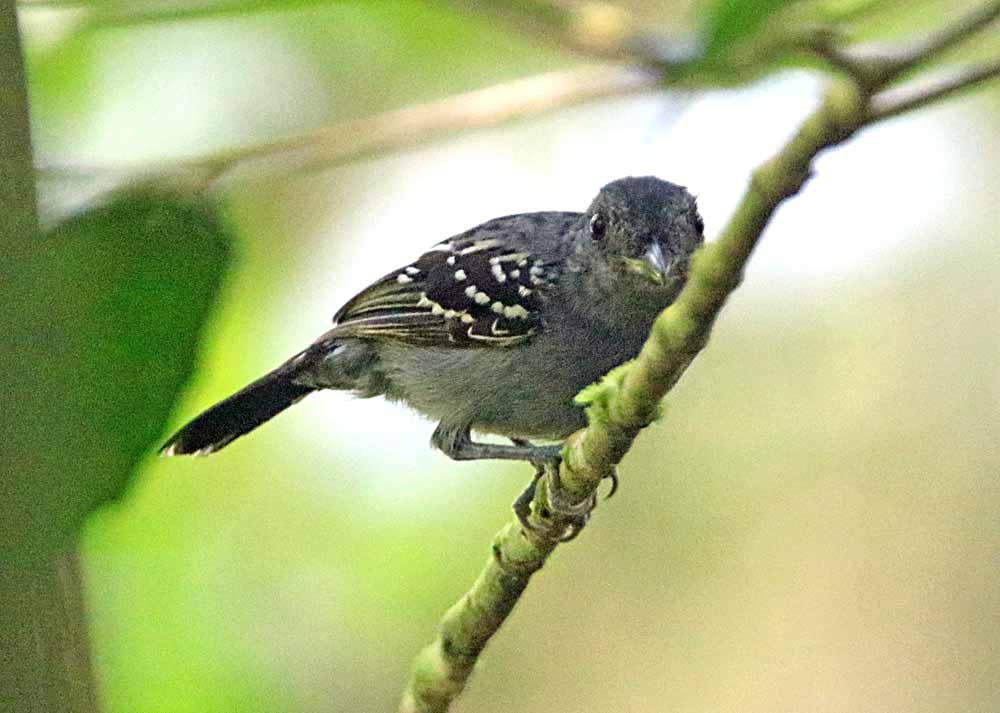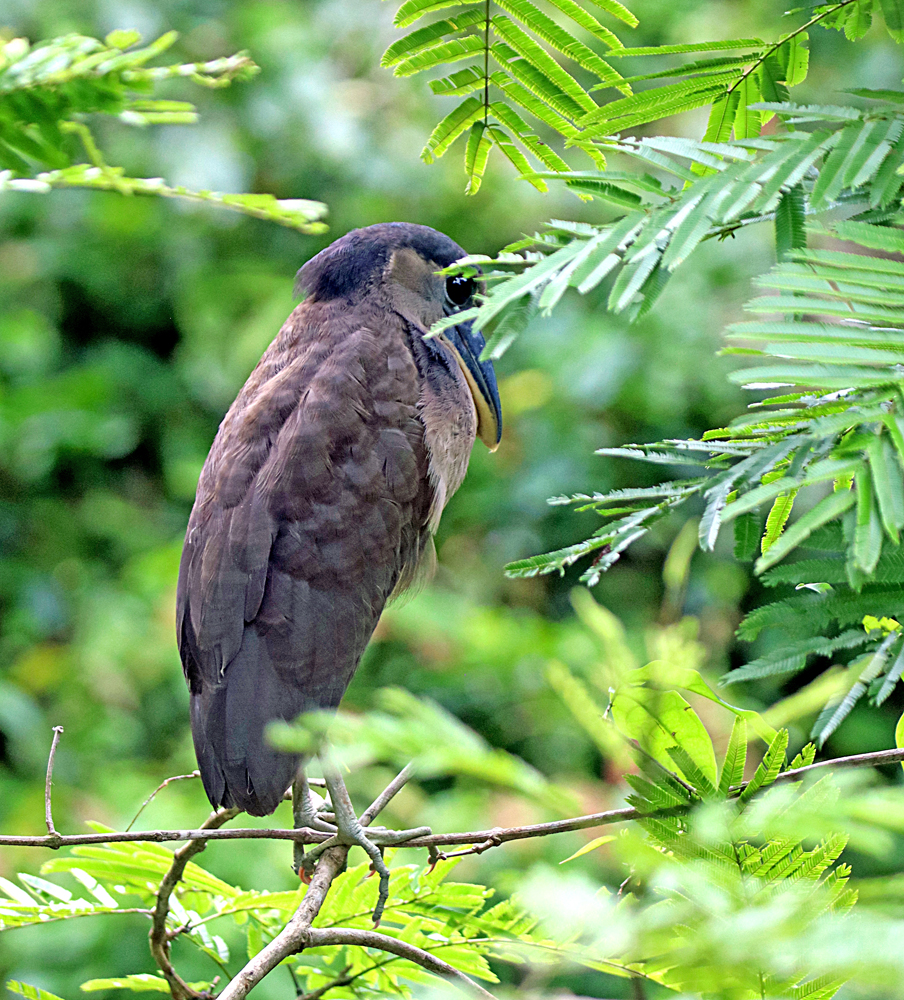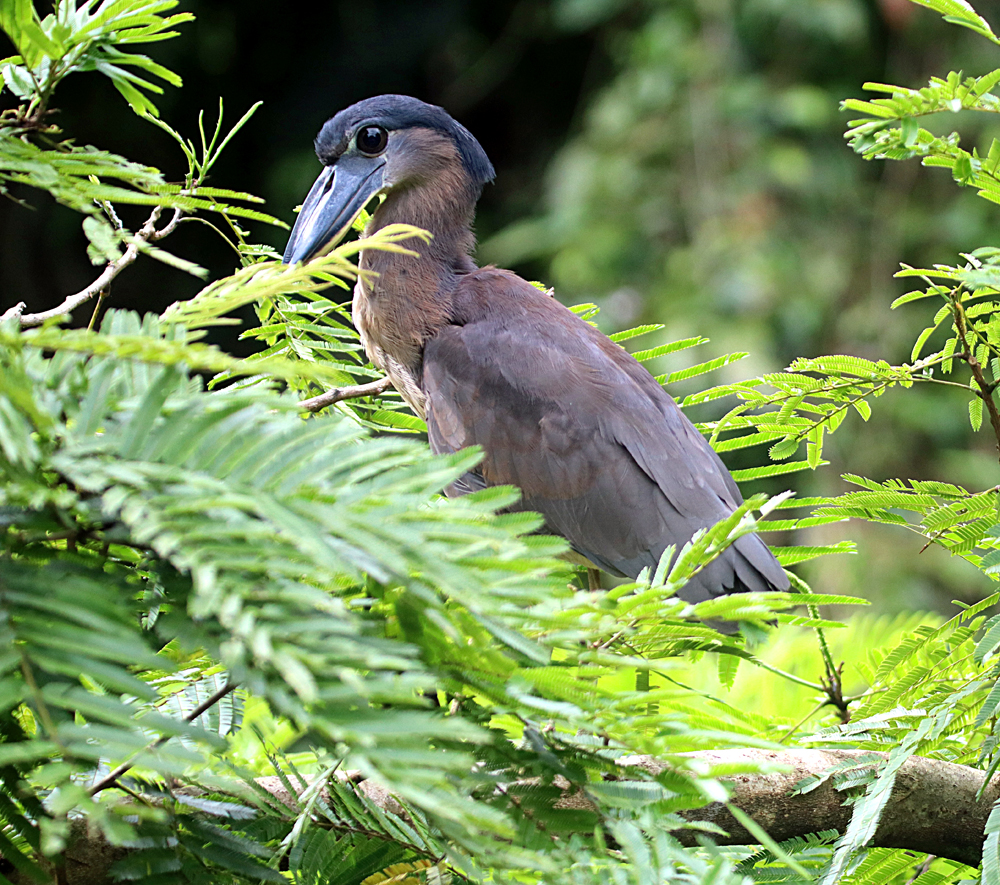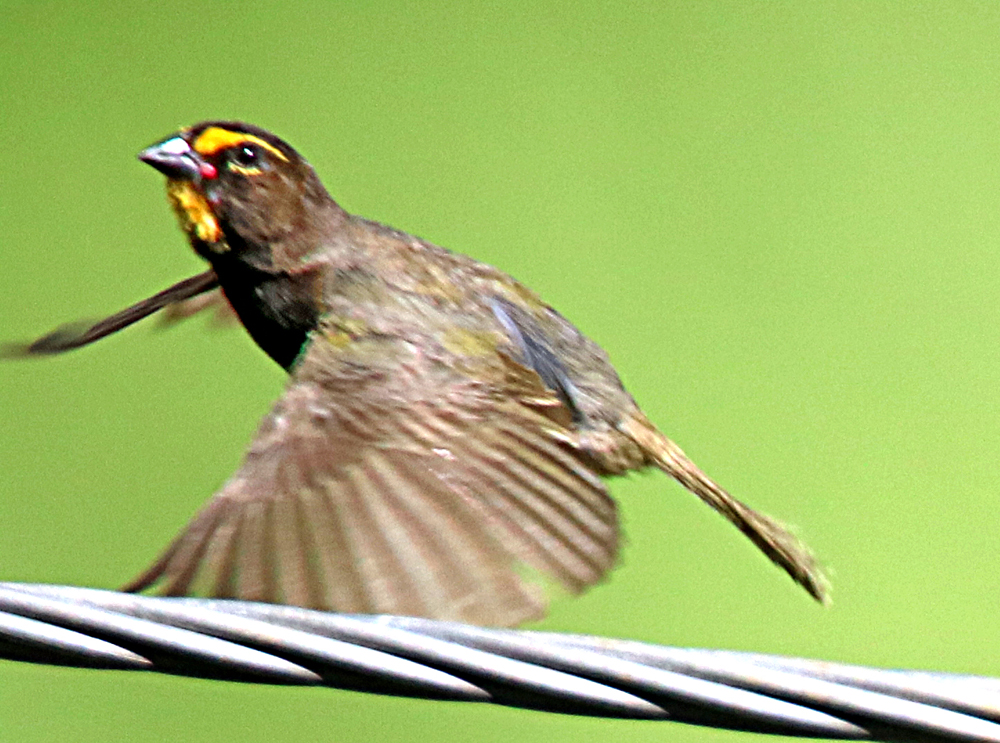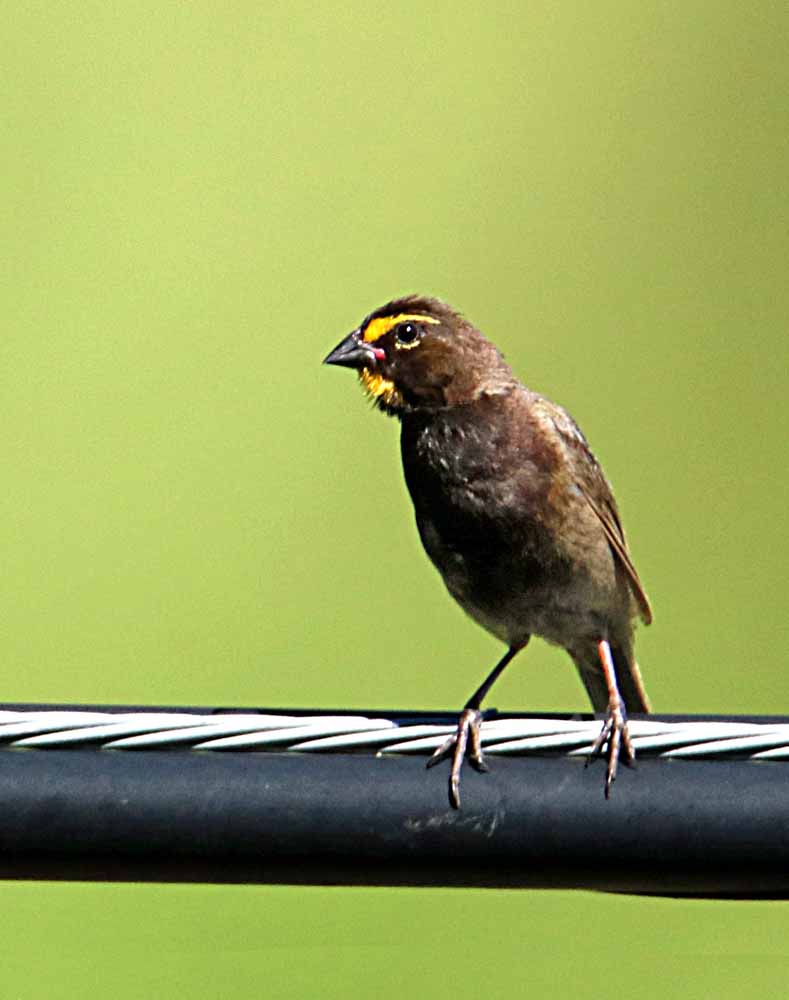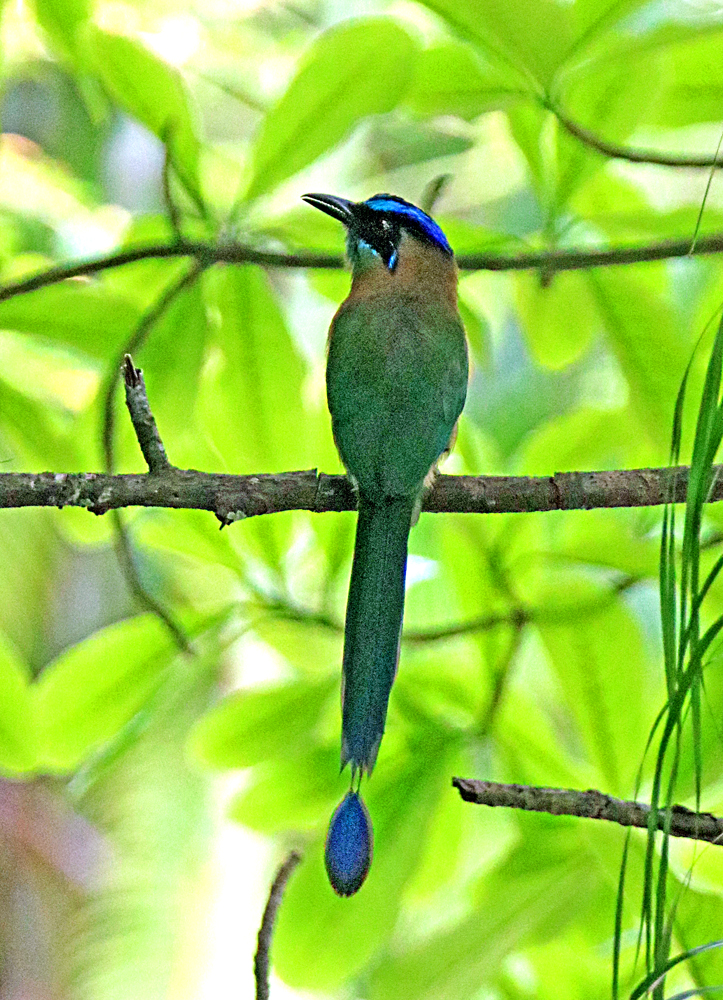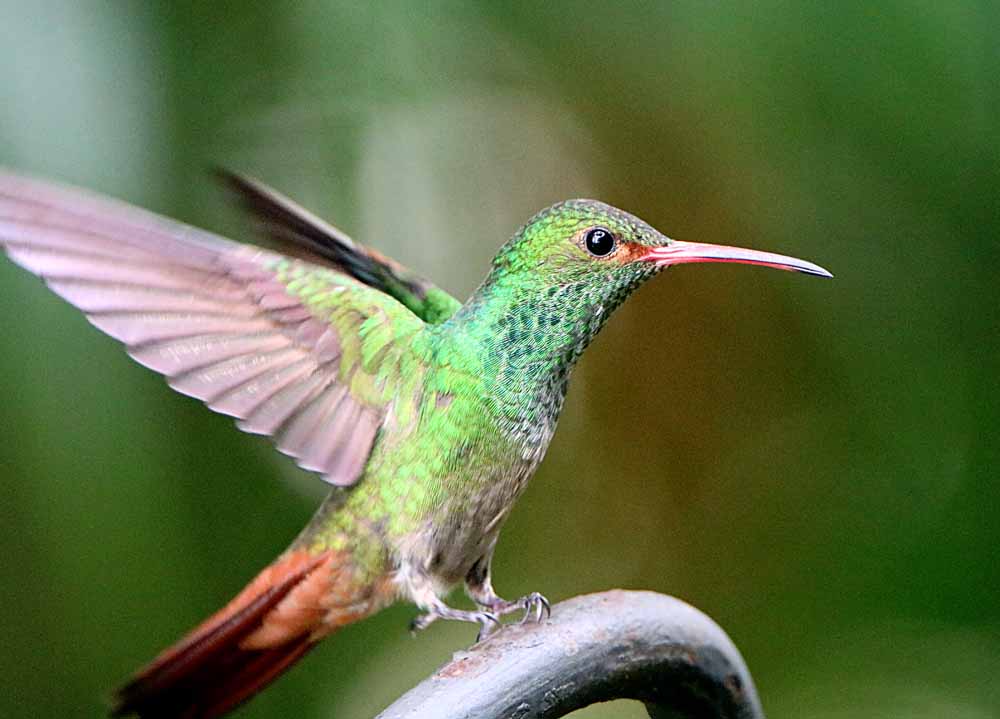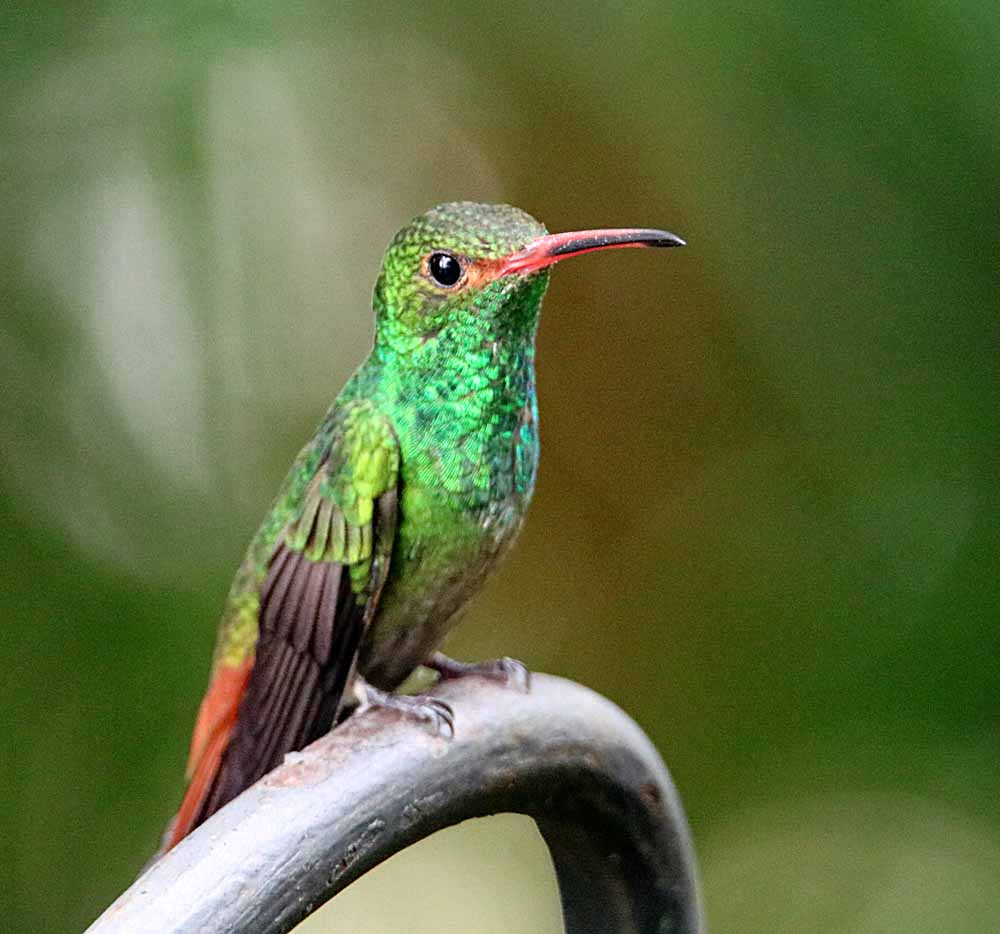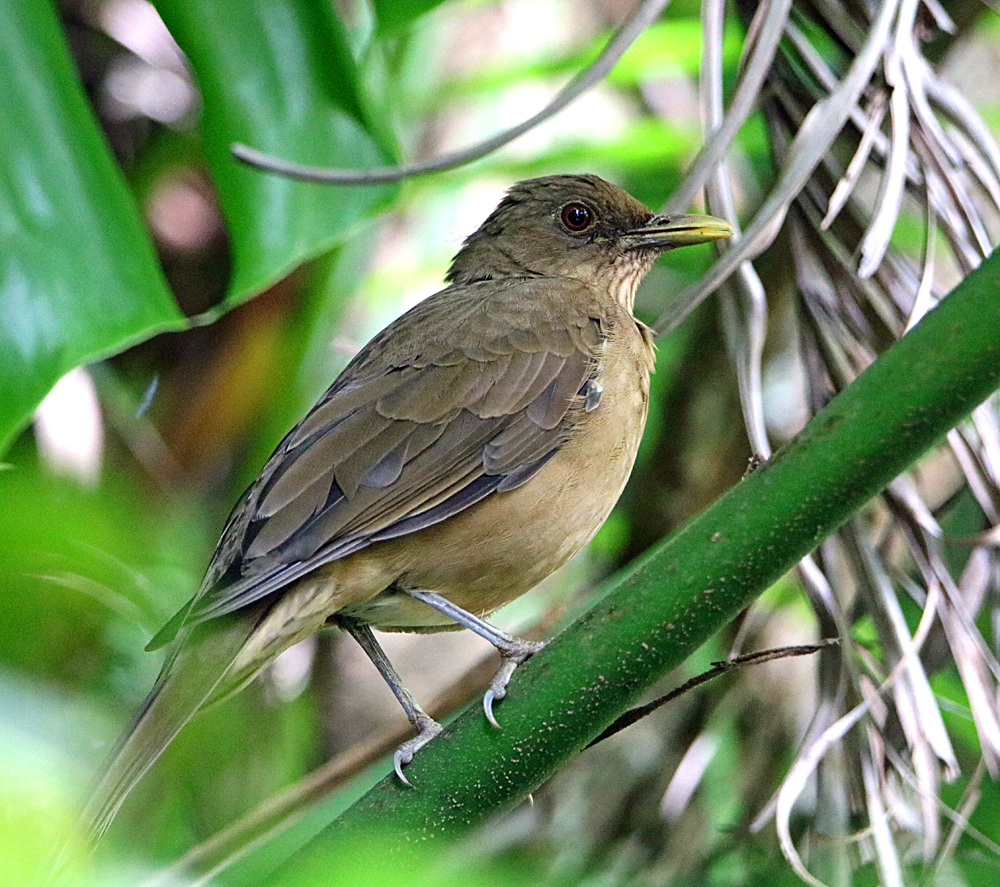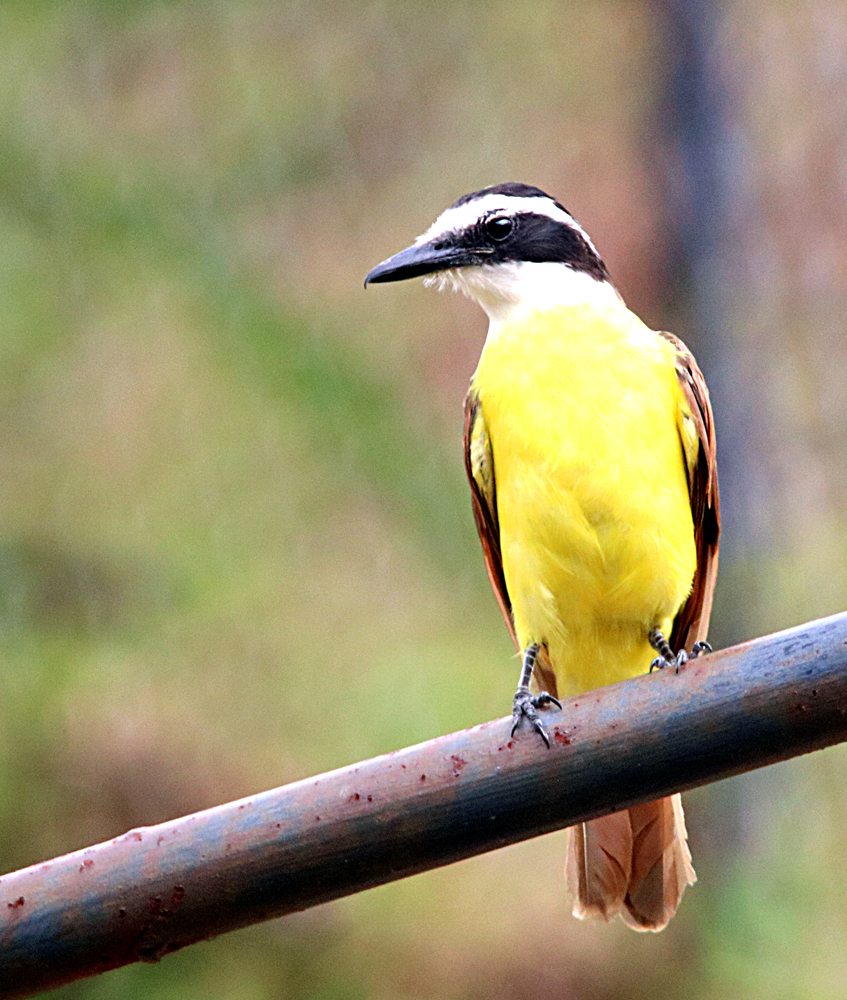This is one of the “resident” herons that do not migrate north during the rainy season. Same with the Black-crowned Night Heron, Boat-billed Heron (I shared a few days ago), Green Heron and other similar herons. While we did not see on our boat tour any Little Blue Herons, Great Blue Herons, Great Egrets or Snowy Egrets because they have all migrated north until around October when they begin returning to avoid the winter up north. See more of my photos of Yellow-crowned Night Heron, Nyctanassa violacea in that gallery.
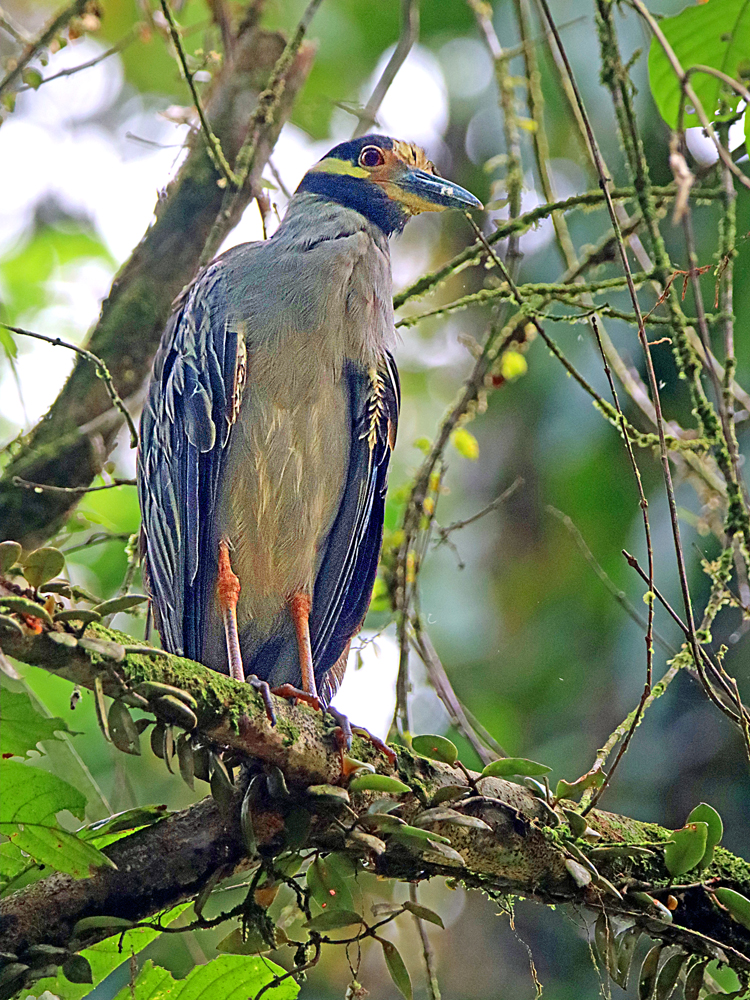
¡Pura Vida!
Yesterday was Independence Day in Costa Rica
And in the past I would have shared photos of the parade in Atenas, but the hot sun and often long time sitting on a little plastic stool or if early enough, a concrete bench is beginning to be too much for me, so no report on yesterday’s patriotic parade in Atenas. Here is Google’s AI summary of what goes on every September 15:
“Yesterday’s Independence Day celebrations in Costa Rica included the traditional “Foles” or lantern parade the night before, followed by patriotic school parades, flag ceremonies, and student performances on the actual holiday, September 15th, emphasizing unity, hope, and freedom. The day honors Costa Rica’s 1821 independence from Spain with national pride and cultural traditions.”
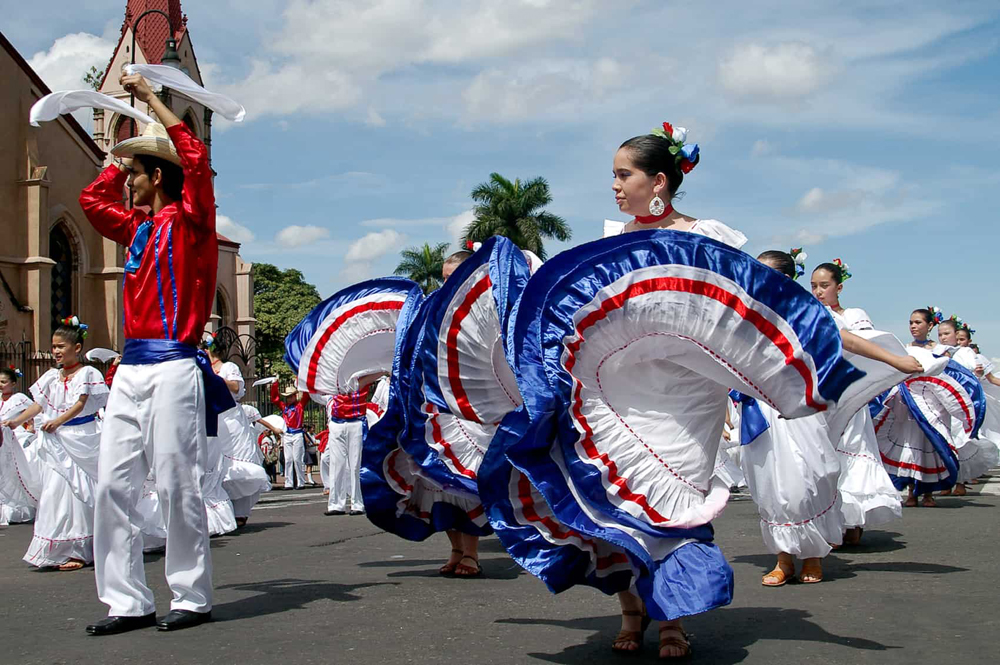
RUNNING OF THE TORCH Tico Times article on that event.
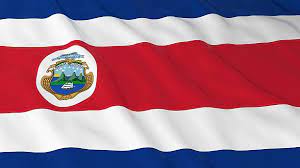
Jaco was the only town with a parade amateur video posted online last night when I did this. Jaco is a beach town west of Atenas and their parade seems more hectic than ours! 🙂
¡Pura Vida!
